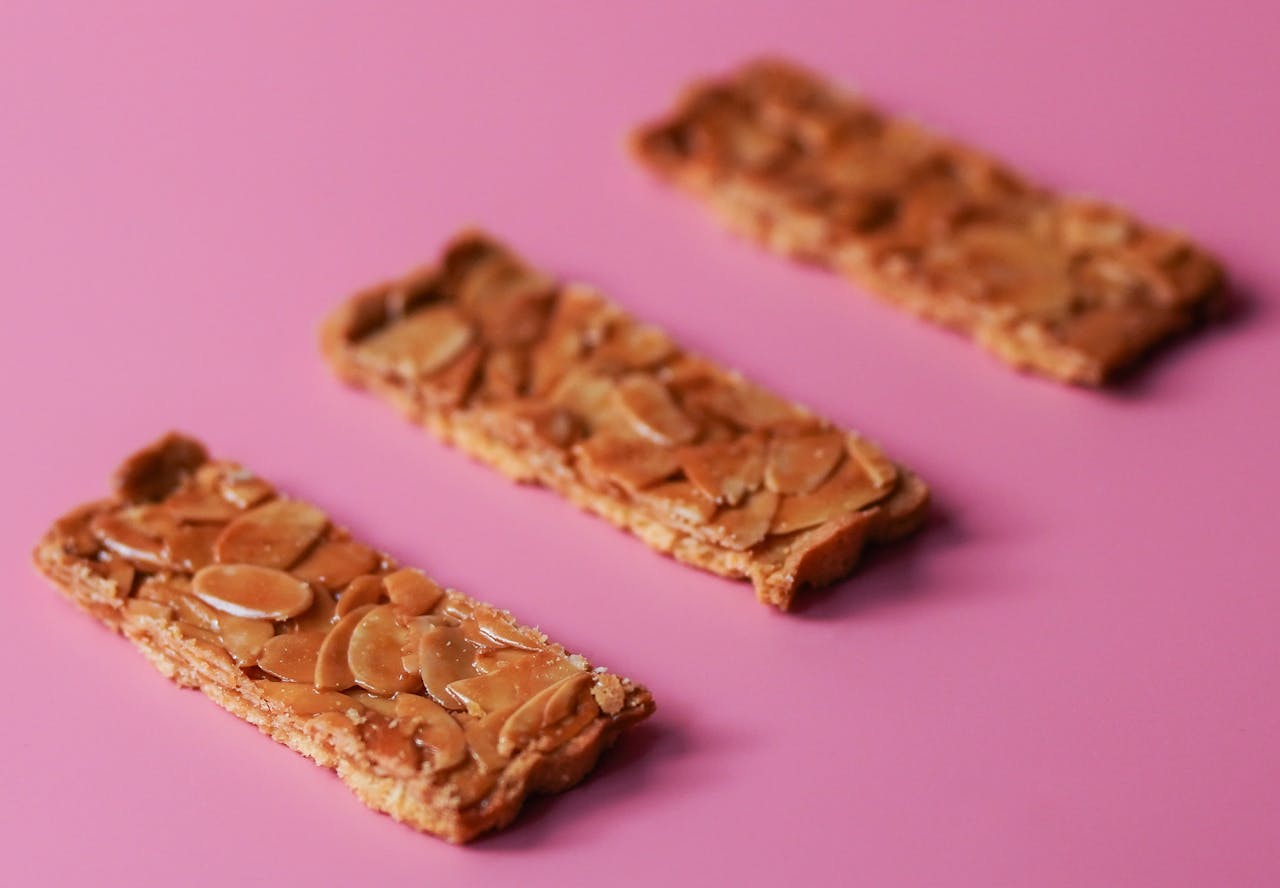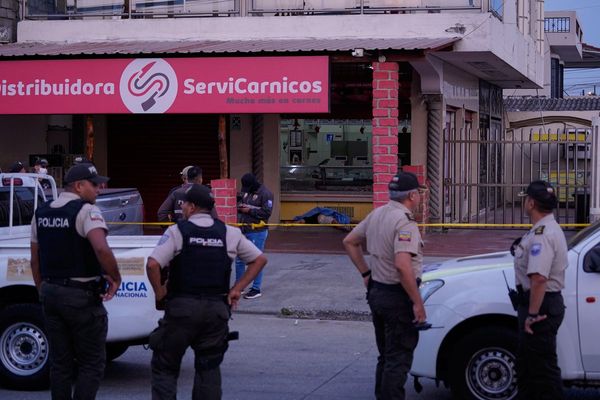
Food labels are supposed to help you make better choices. But sometimes, what you see on the front of a package doesn’t match what’s inside. Many foods use words that sound healthy or honest, but the reality is different. This can make shopping confusing and even lead you to buy things you wouldn’t have picked if you knew the truth. Understanding these tricky labels can help you save money and eat better. Here are eight foods with labels that often mean the opposite of what they say.
1. “Natural” Granola Bars
The word “natural” shows up everywhere, especially on granola bars. You might think this means the bar is made with simple, whole ingredients. But in the U.S., “natural” isn’t a regulated term for most foods. Many “natural” granola bars are packed with added sugars, syrups, and processed oils. Some even have artificial flavors or preservatives. If you want a truly simple snack, check the ingredient list. Look for bars with whole grains, nuts, and dried fruit as the first ingredients. Don’t trust the front of the package alone.
2. “Multigrain” Bread
“Multigrain” sounds healthy, but it just means the bread contains more than one type of grain. It doesn’t mean those grains are whole or unprocessed. Many multigrain breads use refined grains, which lose most of their fiber and nutrients during processing. The bread might look brown because of added coloring, not because it’s whole grain. If you want the benefits of whole grains, look for “100% whole grain” or “100% whole wheat” on the label. Check the ingredients to make sure whole grains are listed first.
3. “Fat-Free” Salad Dressing
“Fat-free” seems like a good choice if you’re watching calories. But many fat-free dressings replace fat with sugar, salt, and thickeners to make up for lost flavor and texture. This can actually make them less healthy than regular dressings. Fat also helps your body absorb vitamins from vegetables. Instead of fat-free, try using a small amount of olive oil and vinegar. You’ll get better flavor and more nutrition.
4. “Fruit-Flavored” Yogurt
“Fruit-flavored” yogurt often contains very little real fruit. Instead, it’s usually made with sugar, artificial flavors, and food coloring. Some brands add a tiny amount of fruit puree, but it’s not enough to count as a serving of fruit. These yogurts can have as much sugar as a dessert. If you want yogurt with real fruit, buy plain yogurt and add your own berries or sliced fruit. You’ll get more fiber and less sugar.
5. “Gluten-Free” Snacks
“Gluten-free” is important for people with celiac disease or gluten sensitivity. But for everyone else, it doesn’t mean the food is healthier. Many gluten-free snacks are made with refined starches and extra sugar to improve taste and texture. They can be lower in fiber and nutrients than regular snacks. Don’t assume “gluten-free” means good for you. Always check the nutrition facts and ingredient list.
6. “Sugar-Free” Candy
“Sugar-free” candy sounds like a guilt-free treat. But these candies often use sugar alcohols or artificial sweeteners. Some sugar alcohols can cause stomach upset or bloating if you eat too much. And while they have fewer calories than sugar, they’re still processed and offer little nutrition. If you want a sweet treat, try a small piece of dark chocolate or fruit. You’ll get more satisfaction and fewer strange ingredients.
7. “Light” or “Lite” Ice Cream
“Light” or “lite” ice cream usually means it has fewer calories or less fat than regular ice cream. But the difference isn’t always significant. Some brands use more air, extra sugar, or artificial thickeners to make up for the missing fat. The result can be a product that tastes less satisfying, so you might eat more to feel full. If you want ice cream, have a small serving of the real thing. You’ll enjoy it more and probably eat less overall.
8. “Made With Real Cheese” Snacks
“Made with real cheese” sounds like a promise of quality. But many cheese-flavored snacks use only a tiny amount of real cheese, mixed with artificial flavors, colors, and fillers. The main ingredients are often cornmeal, oil, and salt. The cheese is usually a powder, not the kind you’d slice for a sandwich. If you want a cheesy snack, try a piece of real cheese with whole-grain crackers. You’ll get more protein and less processed junk.
Why Food Labels Deserve a Second Look
Food labels can be confusing, and sometimes they say the opposite of what’s true. Words like “natural,” “multigrain,” and “light” are used to make products sound better than they are. The best way to know what you’re eating is to read the ingredient list and nutrition facts. Don’t rely on the front of the package. Small changes in how you shop can help you eat better and save money. Next time you see a label that sounds too good to be true, take a closer look. You might be surprised by what you find.
Have you ever bought food because of its label, only to find out it wasn’t what you expected? Share your story in the comments.
Read More
The Truth About Cage-Free, Grass-Fed, and Other Food Labels
9 Grocery Items You Thought Were Healthy But Are Actually Just Clever Marketing
The post 8 Foods With Labels That Mean the Opposite of What They Say appeared first on Grocery Coupon Guide.







